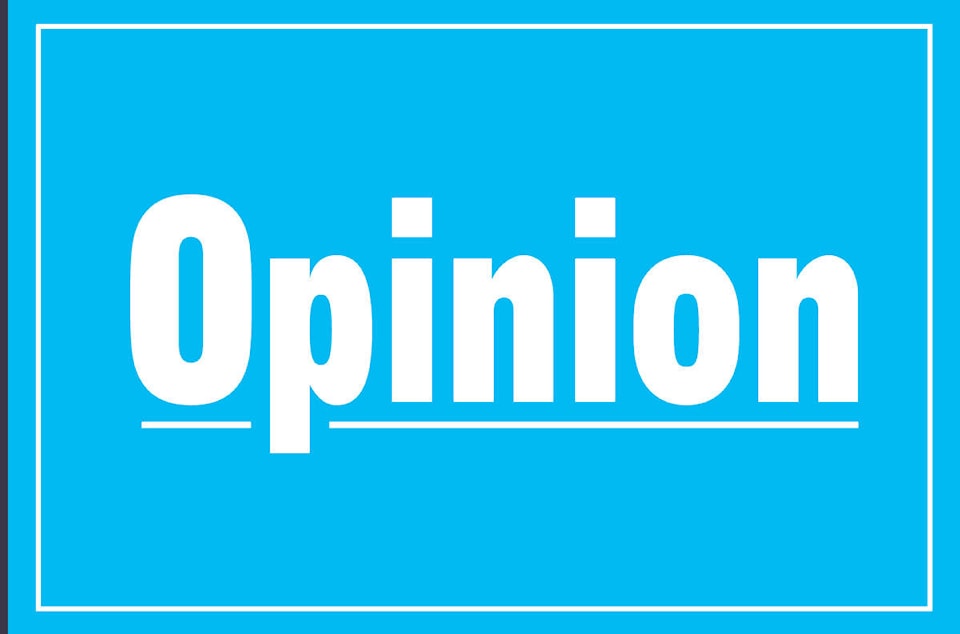An ugly confrontation over Islamophobia. The prime minister forced out of a parade by heckling protesters. A party leader denouncing an activist with autism as “mentally unstable” and calling for her to be “attacked.”
All this happened in one weekend in Canada – and the election hasn’t yet started. Is it any wonder that many are predicting that campaign 2019 will be one of the nastiest yet?
Canada is no stranger to intense election campaigns, with passions running high on all sides, and even the occasional, infamous political incidents – tomatoes thrown at parades, scuffles in the audience. Nor is this country immune to attack-style, personal politics – again, from parties of all stripes.
What’s potentially different in the coming campaign, though, is the heightened role of the angry crowds, and their power to disrupt political debate in unexpected, maybe even unprecedented ways. It happened on Labour Day weekend on at least three fronts.
In Mississauga, Ont., the leader of the anti-immigration National Citizens Alliance confronted MPP Gurratan Singh, brother of federal NDP Leader Jagmeet Singh, and challenged him: “What about sharia? Political Islam? You’re hiding, bud. I’ll debate you any time.”
In Hamilton, Ont., Justin Trudeau was blocked by union protesters when he tried to join the annual Labour Day parade, the hecklers chanting: “Justin Trudeau, Andrew Scheer, same old bulls—t, different year.”
And on Twitter, People’s Party of Canada Leader Maxime Bernier launched an extraordinary, eight-part rant against the young Swedish environmental activist Greta Thunberg, calling her “clearly mentally unstable.”
Bernier rattled off all the reasons that the 16-year-old Thunberg should be “denounced” and “attacked”: “Not only autistic, but obsessive-compulsive, eating disorder, depression and lethargy and she lives in a constant state of fear.”
Bernier’s rant didn’t start in a crowd, but it spread that way, through social media. And while no one can draw a straight line between Bernier’s vitriol and the rubbish being spewed at Gurratan Singh at Muslimfest, they both feature the kind of talk that Twitter encourages and emboldens.
It used to be said that Twitter was the place for people to say out loud what they couldn’t utter in person, what disgruntled politicos wouldn’t dare say to their opponents’ faces.
But what if social media has morphed into a training ground for personal confrontation in politics – a place to try out angry, hateful speech before taking it on the road?
If that’s true, what kind of road show are we going to see in this fall’s election campaign?
Several MPs have remarked to me over the past year or so about how they’re seeing cracks in the old image of the polite Canadian citizen – the voter who will smile and shake your hand, even if they don’t intend to support you.
One MP told me recently about being called over to talk to a passerby, thinking she was being asked to give street directions. It was only when she got close up that she realized the passerby in question wanted to summon her nearer so he could yell in her face.
Certain issues raise the temperature higher than others, too. Free trade whipped up some epic debates in the 1988 campaign, but whenever immigration, identity and social values (abortion, same-sex marriage) rear their heads in politics, things can get ugly. They are all simmering in the lead-up to the coming election.
Of course, Donald Trump is cited often by politicians and politicos who are witnessing these incidents, and the now-familiar question of whether Trump is a symptom or enabler of mob-style political rhetoric at the grassroots.
All kinds of American political trends have made their way to Canada in the past decades; why would we think this would be different?
In the three decades I’ve been covering federal elections, it seems to me I’ve seen three chapters in the story of political crowds and crowd control.
Thirty years ago, political events were big-audience affairs and organizers worried about fitting all the participants in one room. Then, as interest in politics waned and cynicism rose in the late 1900s and early 2000s, politicians fretted about crowds that were too small, looking for strategies to make events look better attended than they were (walling off half the ballroom, for instance).
This new, emerging chapter is seeing politicians paying more close attention to the mood of the crowds who do show up and staying alert to potential disruption, more so than in the past, it seems to me – as a possible rule rather than an exception.
All the political leaders get RCMP protection during a campaign and the RCMP, naturally, doesn’t discuss what it’s anticipating for this year’s election.
But it’s a safe guess that this past weekend’s developments were a timely warning for what might be coming when the political road show does begin within a couple of weeks – not just for the protective squads, but for all of us.
Susan Delacourt is a columnist for
